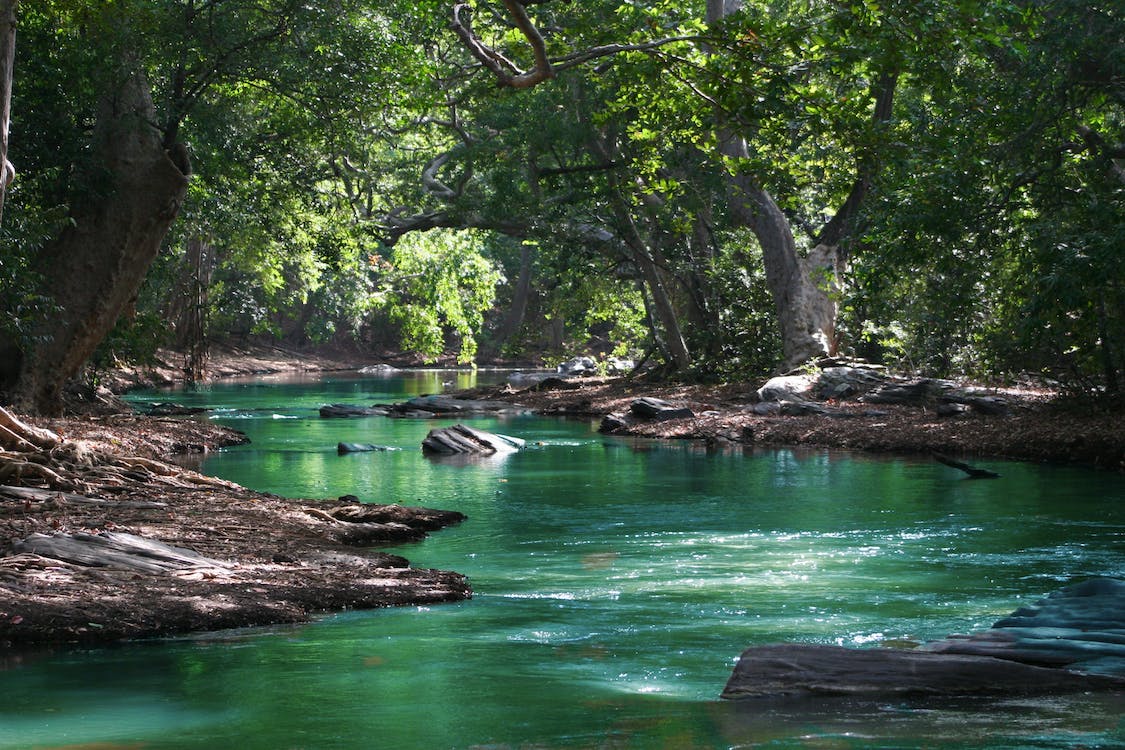Tropical Food Forest
A Guide to Food Forest Farming In The Tropical Climate
The Tropical Food Forest is a unique concept that combines traditional tropical cuisine with sustainable agriculture. This innovative approach to food production and consumption has gained widespread popularity in recent years, especially in the tropical climate region, where the natural environment and local cuisine are well-suited for this type of farming.
The Tropical Food Forest is based on the principles of agroforestry, where food-producing trees, shrubs, and other crops are grown together in a synergistic relationship. This approach to food production encourages people to seek out the freshest and most flavorful ingredients from the surrounding environment, including everything from fruits and vegetables to medicinal plants and spices.
One of the key benefits of the Tropical Food Forest is its focus on sustainability.

By relying on locally-sourced ingredients and promoting organic and biodynamic farming methods, the impact on the environment is greatly reduced compared to traditional agriculture. The Tropical Food Forest also promotes diversity, encouraging people to plant a variety of crops and to make use of the many different resources available in the environment.
The tropical climate region is well-suited for the Tropical Food Forest, with its warm and humid weather, and abundant rainfall. The unique climate and soil conditions of the region allow for the growth of a variety of tropical crops, which are ideal for use in the food forest.
Some of the most commonly used plants in the Tropical Food Forest include:
- Fruits – Fruits are an important part of the Tropical Food Forest, providing a source of food for both humans and wildlife. Some of the most popular fruits in the tropical region include mangoes, papayas, and bananas.
- Vegetables – The warm and humid climate of the tropical region is perfect for growing a variety of vegetables, including yams, cassava, and sweet potatoes.
- Spices – Spices are an essential part of the Tropical Food Forest, providing not only flavor and fragrance, but also support for beneficial insects and wildlife. Some of the most commonly used spices in the tropical region include ginger, turmeric, and cardamom.
- Medicinal Plants – Medicinal plants are an important part of the Tropical Food Forest, providing a source of natural remedies for both humans and animals. Some of the most popular medicinal plants in the tropical region include aloe vera, neem, and tulsi.
- Trees – Fruit and nut trees are an important part of the Tropical Food Forest, providing a source of food for both humans and wildlife. Some of the most popular trees in the tropical region include coconut, breadfruit, and cashew.
In conclusion, the Tropical Food Forest is a unique and innovative approach to sustainable agriculture in the tropical climate region. By relying on locally-sourced and diverse ingredients, promoting organic and biodynamic farming methods, and encouraging agroforestry, the Tropical Food Forest offers a delicious and sustainable way to enjoy the bounty of the earth. Whether you are an experienced farmer or a beginner, the Tropical Food Forest is an excellent way to get started on the path to sustainable agriculture.
Let’s talk about your project!
Our development team will be happy to get designing with you.
We asses your land, the future potential of perennial crops, etc.
Just contact us and we will see, if we can help.

More resources
Contact Us
ESSWALD
Supai-Ventures S.R.L.
Santa Maria del Cami
07320 Mallorca
Islas Baleares, SPAIN
(+34) 625 239 394
hello@esswald.com
